AMH ANTOMICALLY MODERN HUMANS
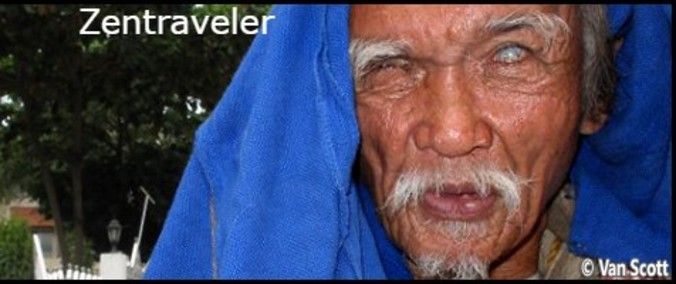
Early modern human or anatomically modern human are terms used to distinguish Homo sapiens that are anatomically consistent with the range of phenotypes seen in contemporary humans, from extinct archaic human species.
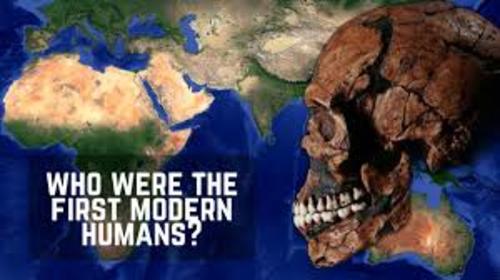
Subsistence of early anatomically modern humans in Europe as evidenced in the Protoaurignacian occupations of Fumane Cave, Italy
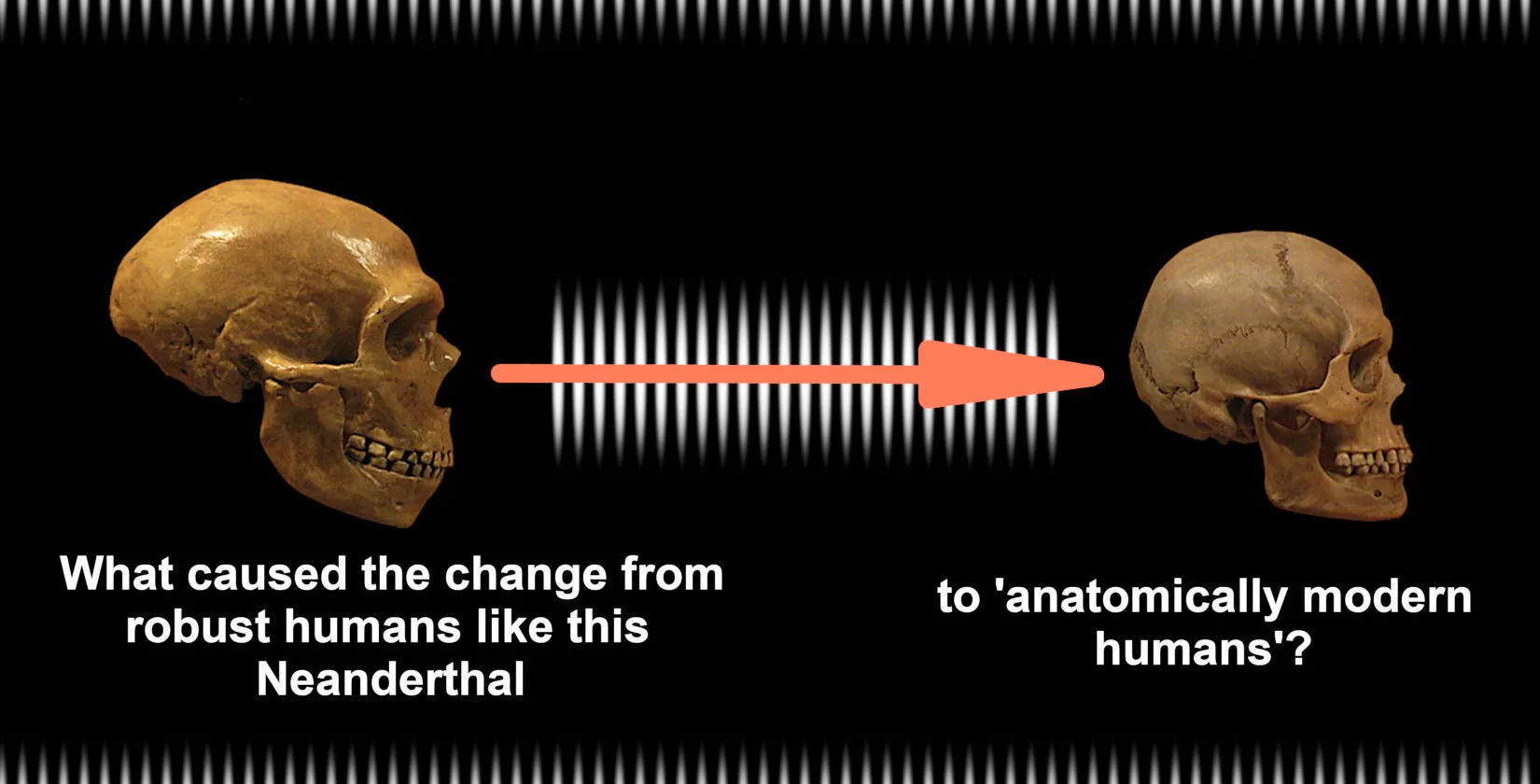
Introduction
Recent studies about the dispersal of Anatomically Modern Humans (AMH) across Western Eurasia reformulate prevailing ideas, especially those based on their chronological expansion and arrival in different continental areas and how colonization was influenced or motivated by the climate and broader environmental conditions that AMH had to face.
Current evidence of human remains found in Grotte Mandrin in France may attest to a much earlier presence of H. sapiens in SW Europe between 56.8 and 51.7 ka cal BP, followed by Bacho Kiro in Bulgaria, Grotta del Cavallo, Riparo Bombrini and Grotta di Fumane in Italy between ~ 45 to 41 ka cal BP. This combined cultural and biological process ultimately resulted in the gradual replacement of the late Neanderthal populations of the entire continent.
During the earliest Upper Palaeolithic, the AMH populations, coming from the Levant, progressively settled in the various areas of the continent following both the Mediterranean and Centro-European routes. This process is characterized by the appearance of new cultural traits, such as symbolic material including artworks and personal ornaments, bone and antler technology, found across a variety of cultural technocomplexes such as the Uluzzian, Neronian, Bachokirian, Bohunician, LJR, Early Ahmarian/Kozarnikian/Protoaurignacian, etc. The Aurignacian is one of these first technocomplexes attributed to the spread of AMH from east to west, dated to around 43–42 ka cal BP.
Within the Aurignacian, the earliest phase is known as the Protoaurignacian, most frequent in the Mediterranean region, while the Early Aurignacian is spread across the continental areas. Differences in chronology, technology and human adaptative systems between the Proto- and Early Aurignacian, played out against the background of deterioration of the environment at the onset of Heinrich Event 4 (HE4), are still a matter of debate.
While Banks et al. proposed that the EA started at the onset of HE4, immediately after the PA (contra Barshay-Szmidt et al. and Higham et al.), other studies have pointed out that some PA assemblages are dominated by cold steppe animal species and, for this reason, this technocomplex was still present during the HE4 in some regions, such as central and southwestern France.
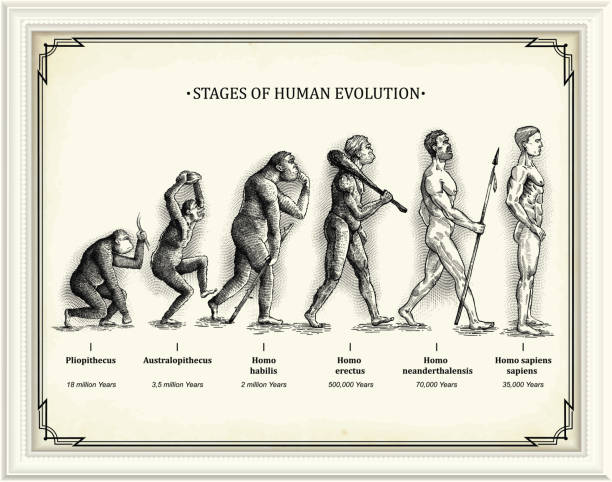
However, while in the last decade intensive work has been done to disentangle the main technological features of the Aurignacian dispersal and its complex synchronic and diachronic variability, few studies exist about the subsistence and the ecological settings and biodiversity exploited by the makers of the new technology. Research has mainly focused on the subsistence differences between Neanderthals and modern humans.
On a broader scale, scholars agree that there was no significant change in the range of hunted taxa or differences in the abundance of the species by modern humans, remarking that economic diversifications can be ascribed to environmental changes that led to fundamental socio-economic developments, rather than divergence in hunting strategies or dietary shifts.
However, documenting the subsistence strategies employed by early modern humans in their continental dispersal is key to understanding their success. Not only detailed information on the archaeozoology of faunal assemblages, but also high-resolution chronological, subsistence and Net Primary Productivity data are thus needed to provide accurate insights on human-environmental interactions during the early phases of modern humans on a regional scale.
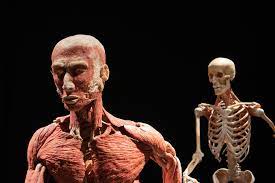
For the analytical purposes outlined above, this work focuses firstly on presenting the archaeozoological study of the faunal assemblage from the two Aurignacian levels, the Protoaurignacian in A2–A1 and the late Protoaurignacian in D3;
And secondly, on presenting new radiocarbon dates for those Protoaurignacian levels and the underlying Uluzzian level (A3) to provide, for the first time, a detailed understanding of the subsistence and ecosystems exploited by modern humans in this region.
Thirdly, the calculation of Net Primary Productivity (NPP) is undertaken to compare how this is correlated with the ungulate species exploited at Fumane throughout time and, also, to compare it with the NPP of other Italian Protoaurignacian sites. Finally, the archaeozoological and ecological data from other European early Upper Palaeolithic macrofaunal assemblages have been correlated with the NPP in each site to address the spatio-temporal ecological niches and prey consumed from the Black Sea to Atlantic Portugal.
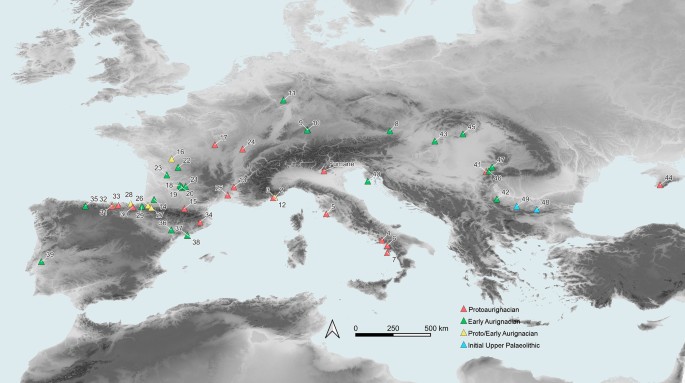
Materials and methods.
A digital model of the present-day morphological conditions of the terrain around the site was produced. Travelling times across the territory were estimated with empirical formulae depending on distance, slope angles, movement direction (uphill or downhill) and the existence of insurmountable barriers. Besides, to define the preferred biotopes for plain and mountain species within the boundaries determined by the catchment area, a threshold value of 30% slope was fixed to differentiate areas related to one or the other group of faunal taxa. Beyond that value, grazing suitability is depleted.
THINGS YOU MAY NOT KNOW: YOU ARE WHAT YOU EAT AND YOU ARE WHAT THEY EAT.
THINGS YOU MAY WANT TO SAVE:HUMANITY .....THE WORLD IS ON THE BRINK OF WORLD WAR THREE AND BEING BLOWN TO SMITHEREENS BY NUCULEAR BOMBS.
ZENTRAVELER SAYS: IF EVOLUTION IS SO GREAT PLACE AN AMOBEA IN A TEST TUBE AND CREATE A GIRRAFFE?
From here to Infinity is a relatively short ride! The next leg takes eons and eons as you fly through the Barycentric Dynamical Time Zone! …and on and on and on. Follow the Zentraveler Newsletter often for Travel, Health and Zen-like stories and such. Where else can you get a THREE IN ONE NEWSLETTER FOR THE PRICE OF FREE.

ZENTRAVELER IS A PERSONAL NEWSLETTER, DESIGNED TO GIVE TRAVEL, HEALTH, WRITING AND HUMOR INCLUDING HELPFUL HINTS WITH A ZEN LIKE QUALITY.
